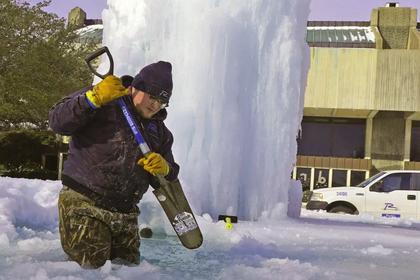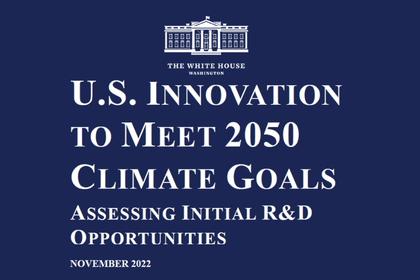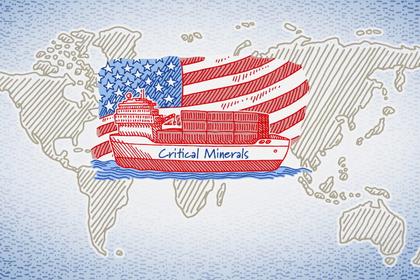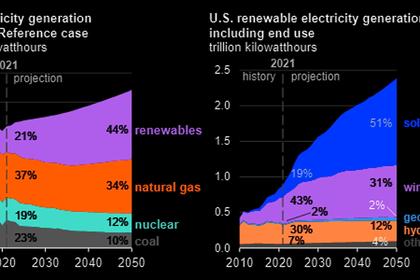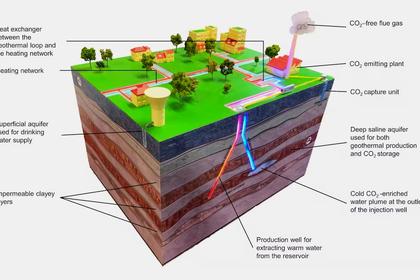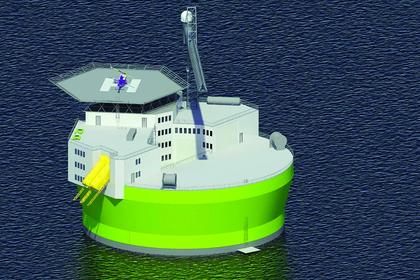
U.S. ENERGY TRANSMISSION HAVE TO DOUBLE
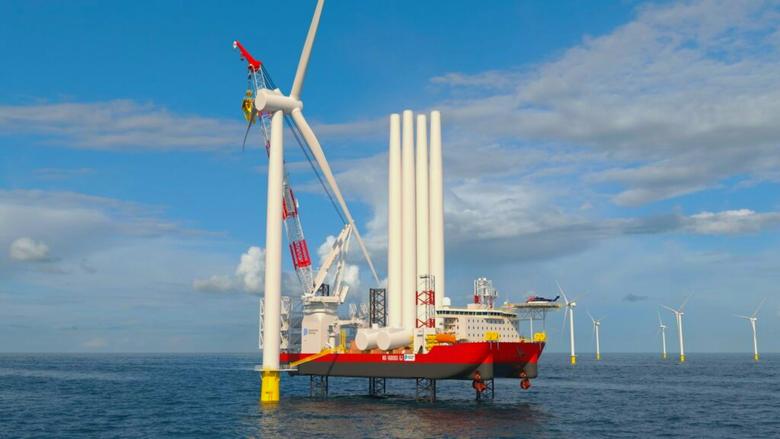
By CHRISTOPHER NEELY Independent Local News Organization
ENERGYCENTRAL - Nov 15, 2022 - When U.S. legislators approved the Inflation Reduction Act earlier this year, the legislation set even more ambitious emission reduction goals into place — goals which a new study says will require significant work if they are to be achieved.
A new study out of Princeton University's Zero Lab estimates that the Inflation Reduction Act could cut U.S. greenhouse gas emissions by a billion tons per year, and "reduce cumulative greenhouse gas emissions by 6.3 billion tons over the next decade. Now, those numbers sound attractive and meaningful, yet, as the study says, they will require an exponential ramping up of new transmission installation.
Historically in the U.S., transmission infrastructure has expanded annually by about 1%. According to the study, if the U.S. maintains that pace, over 80% of the potential greenhouse gas emission goals in the Inflation Reduction Act are lost. In order to meet the goals, the study explains the country's transmission infrastructure must expand at a pace of 2.3% annually — more than double its current pace. Without this pace of transmission expansion, the U.S. will have a difficult time connecting the necessary amount of renewable and clean energy resources to the grid.
Now, there has been a lot of momentum around transmission expansion since President Joe Biden took office in 2021. However, these projects take a long time to not only plan but to permit and construct. The federal government has worked its muscle to fast-track transmission projects over the objections of local landowners, but parts and labor on such massive projects still present obstacles to rapid expansion.
Interestingly, the report says the stakes in rapid transmission expansion are not only a slowed growth rate in renewable reliability, but argues that if the nation's transmission network expansion continues at its current pace, the U.S. power grid might need to rely more on coal and fossil fuels to meet the growing power demand from electric vehicles.
What are you hearing in terms of transmission expansion and related projects? Where are the hiccups? Has the federal government's efforts to expedite permitting and approve major projects had any positive impact? Is a 2.3% rate of expansion even possible?
-----
This thought leadership article was originally shared with Energy Central's Clean Power Community Group. The communities are a place where professionals in the power industry can share, learn and connect in a collaborative environment. Join the Clean Power Community today and learn from others who work in the industry.
-----
Earlier:
